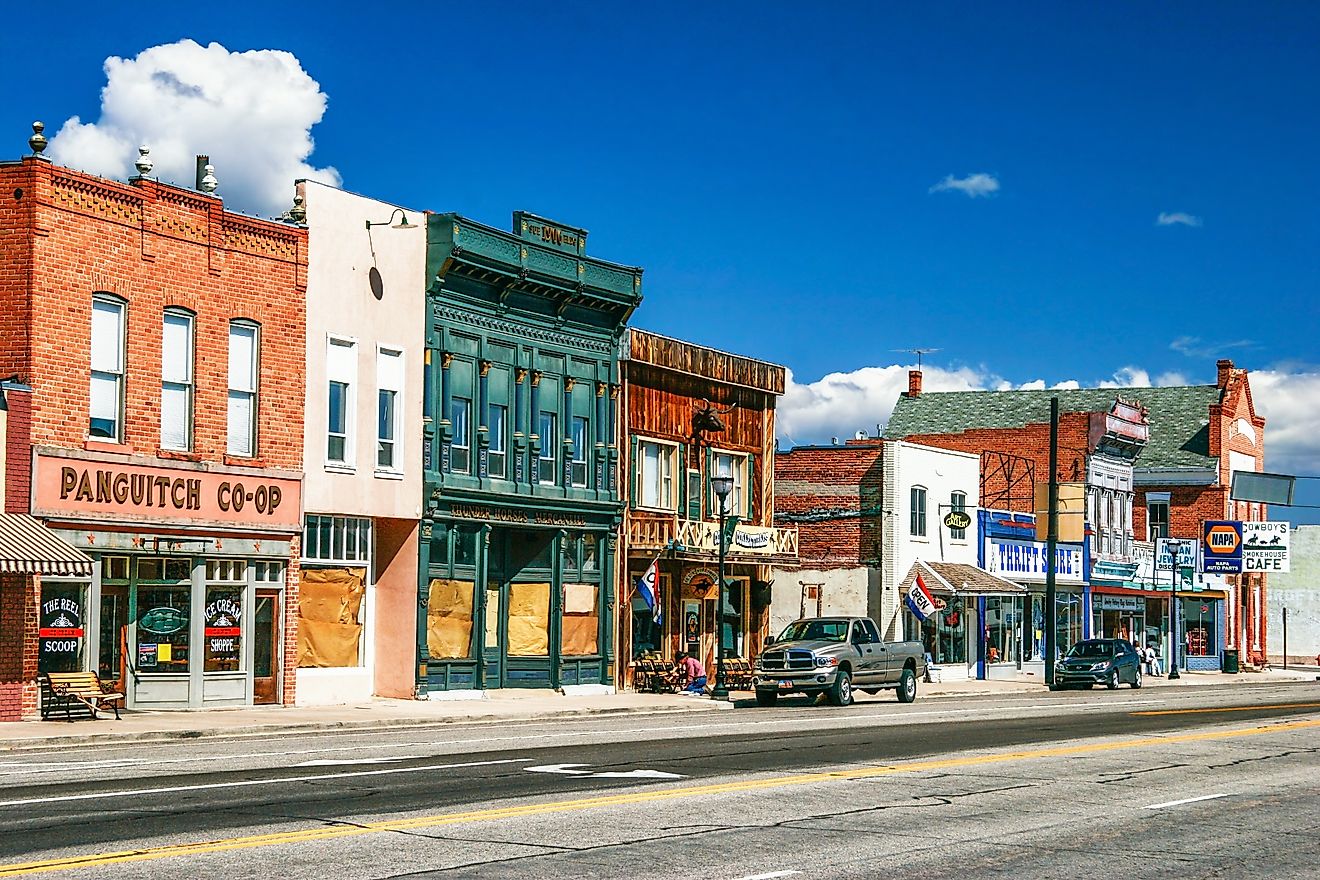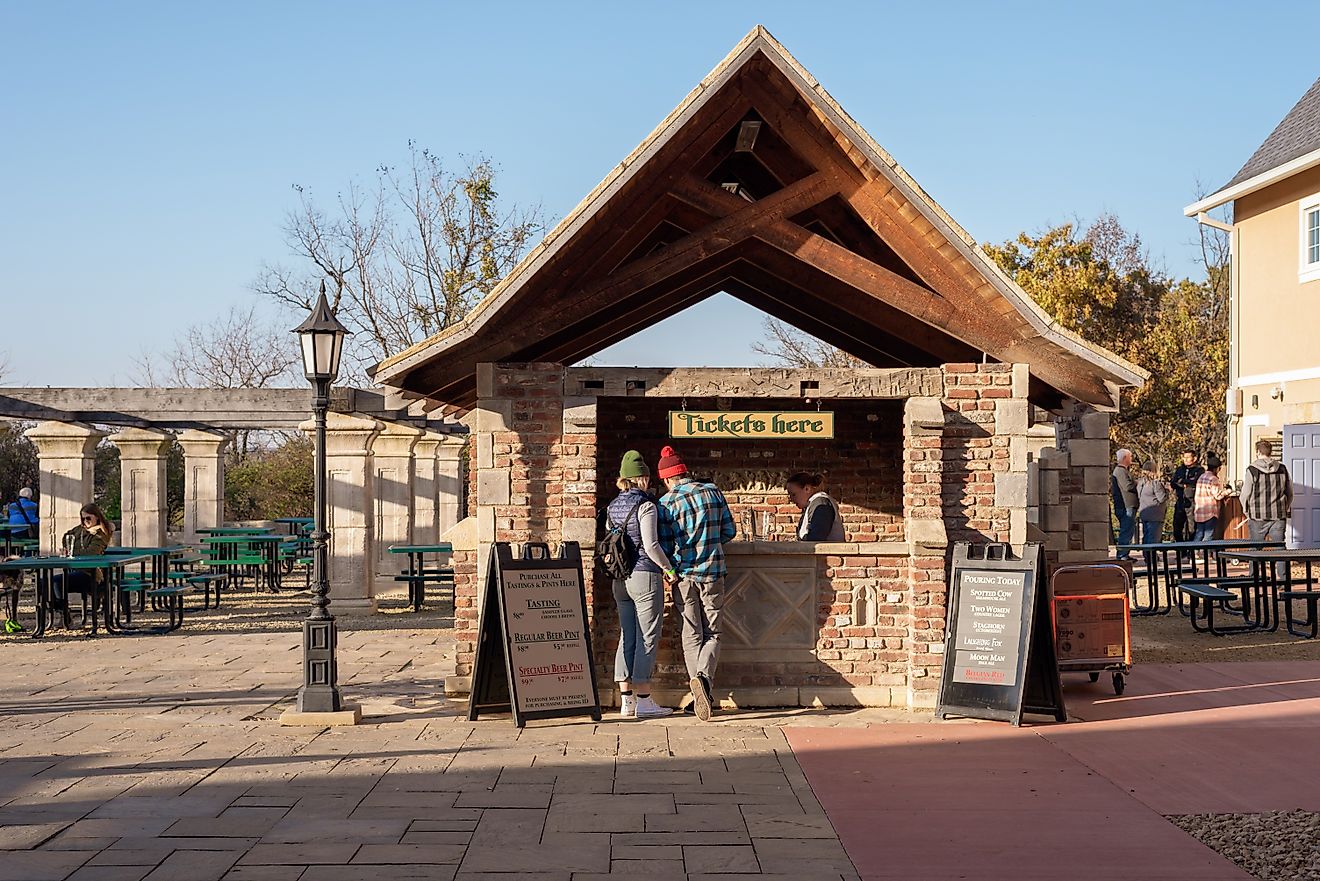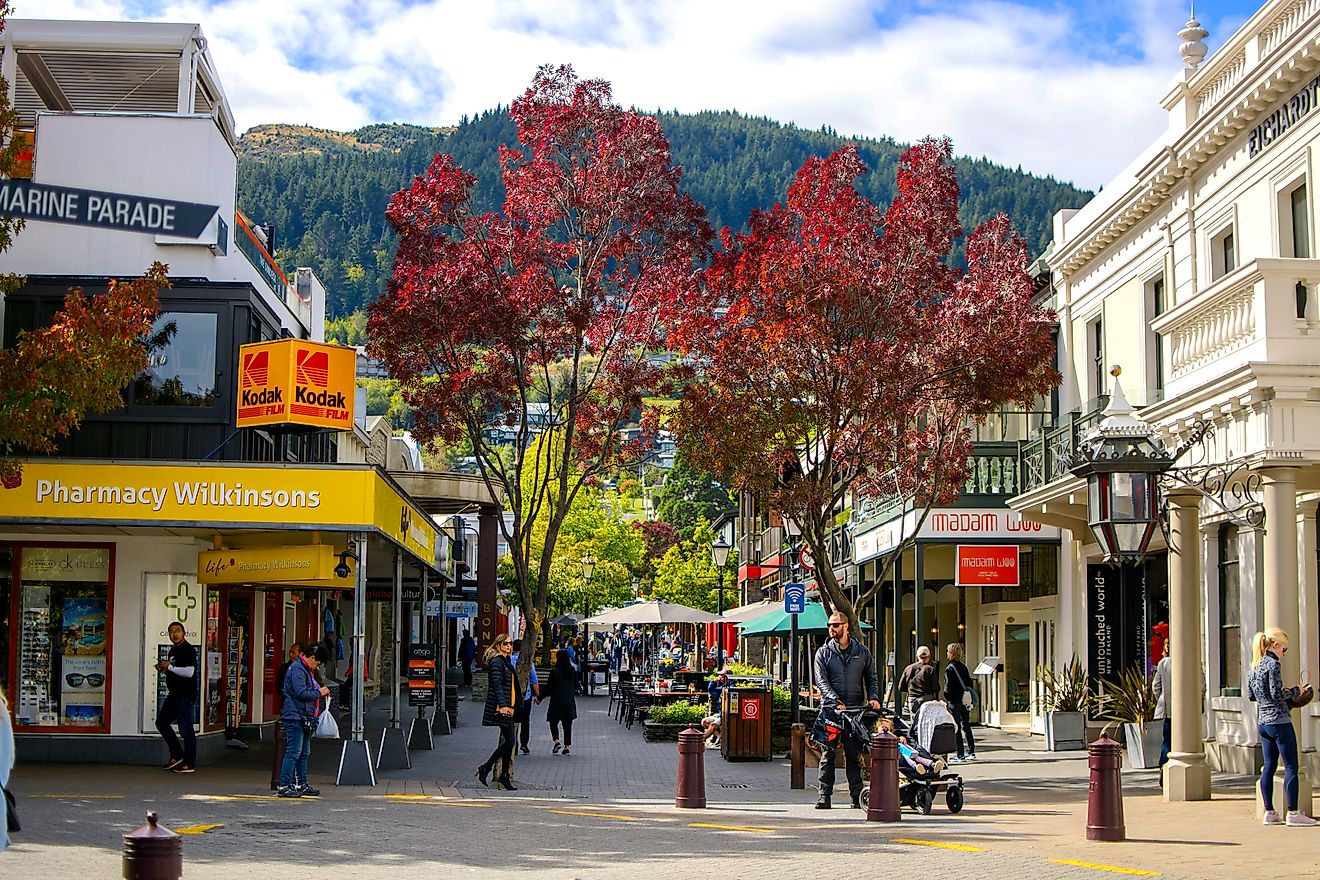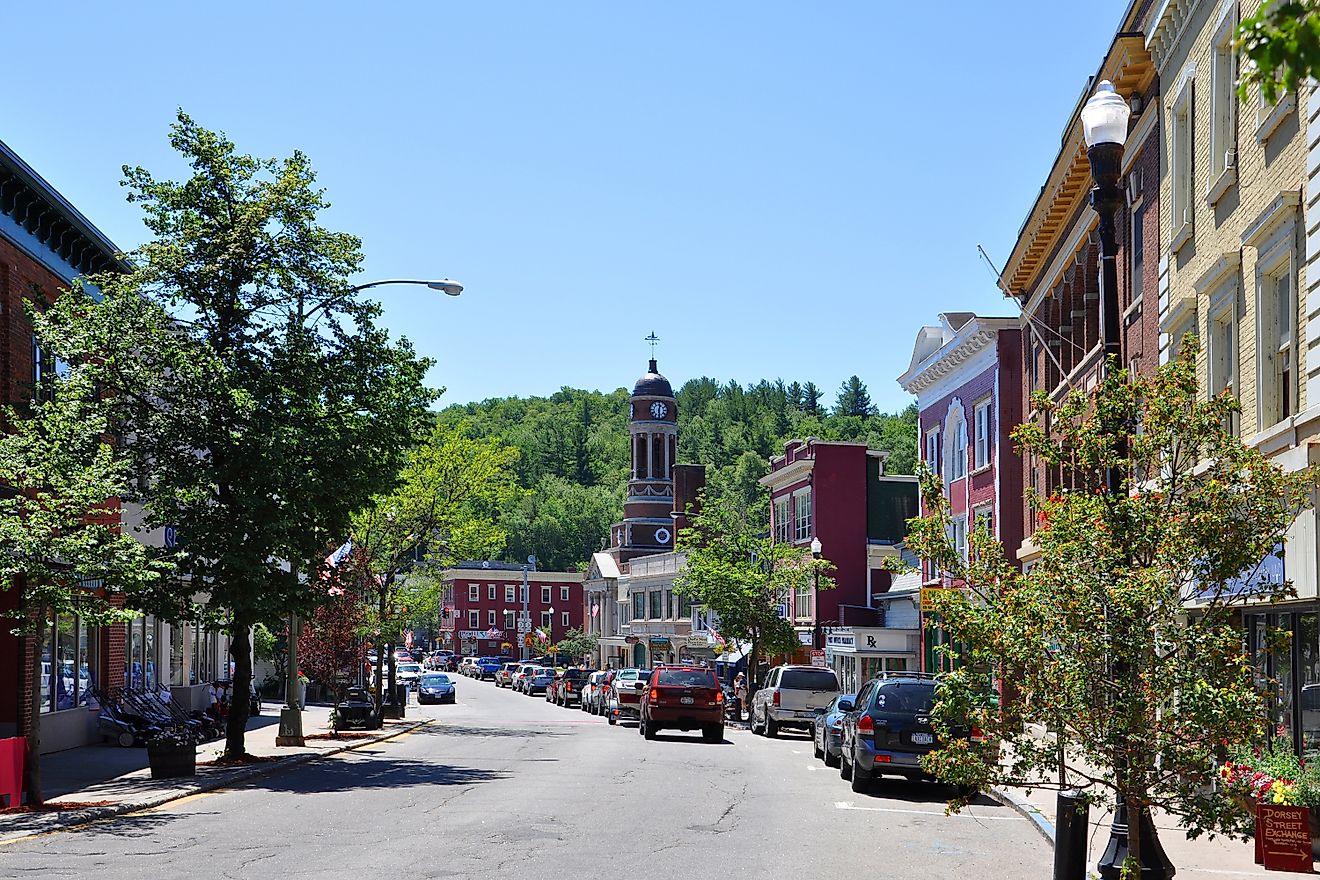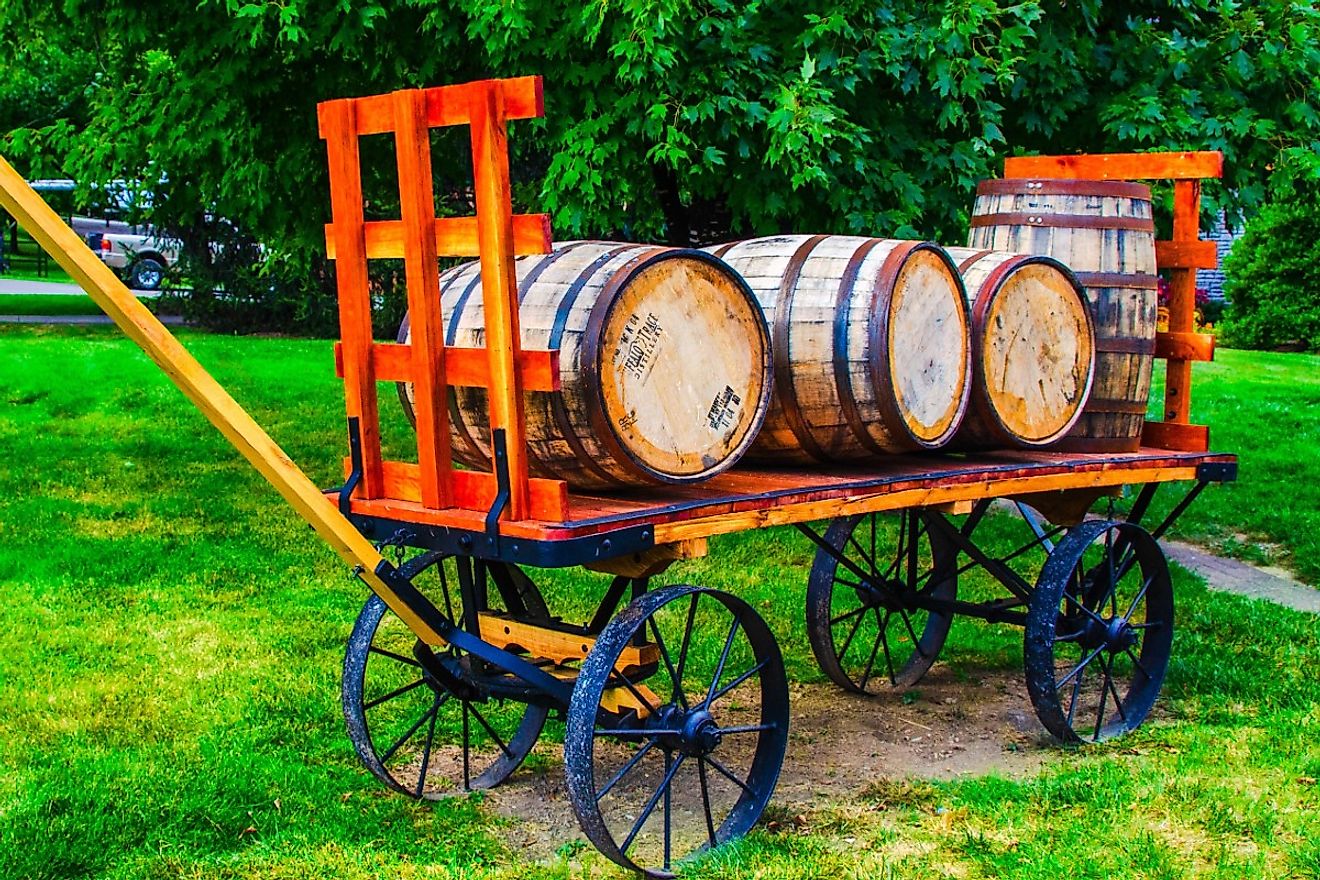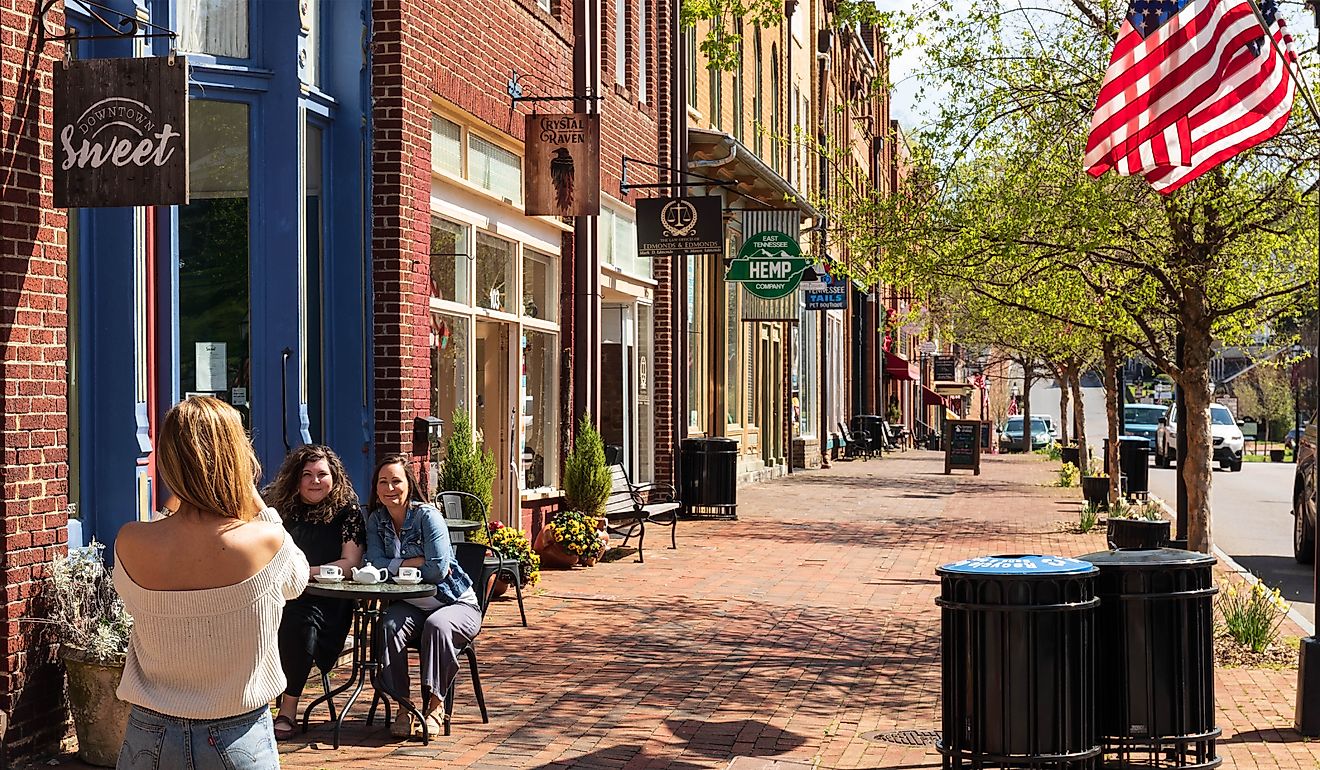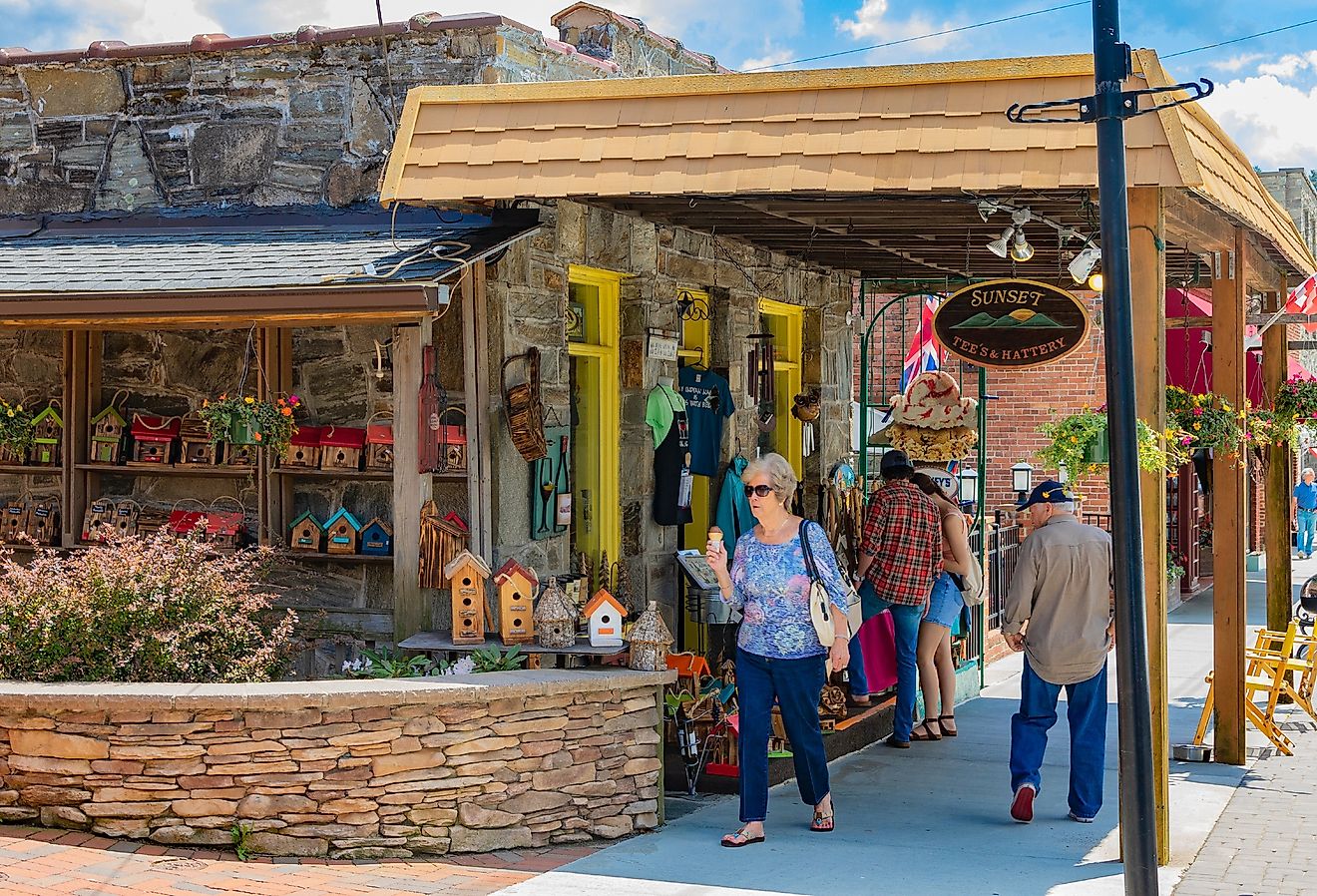
6 Bizarrely Named Towns In New Hampshire
New Hampshire, a state well known for its rugged mountains, picturesque small towns, and deep colonial roots, is home to a handful of communities with names that raise eyebrows. Some, like Sunapee, have origins tied to Native American languages, while others, like Hooksett, leave room for debate about how they came to be. From Ossipee to Stark, these six towns draw attention for their unusual names, but each one has its own set of historic sites, scenic spots, and hidden gems that make it well worth a visit.
Portsmouth

The quiet town of Portsmouth, situated along New Hampshire’s Seacoast, has a name that reflects its maritime roots. Incorporated in 1653, it was named in honor of the colony’s founder, John Mason, who had previously been the captain of Portsmouth in England. The name has endured for centuries, just as the town itself has remained a hub of history and culture.
For visitors exploring Portsmouth, the Strawbery Banke Museum gives visitors a glimpse into centuries of local life, with its outdoor living history exhibits spread across ten acres. In addition, In the heart of downtown, Market Square is a lively spot lined with art galleries, bookstores, and original 17th-century buildings. Another gem worth visiting in town, Albacore Park, home to the USS Albacore, invites visitors to step inside a preserved submarine and learn about the city’s deep ties to naval innovation. Just off the coast, the Isles of Shoals, which are nine windswept islands, add an air of mystery and seclusion to the region's long maritime tradition.
Hooksett

This town's name has a few competing origin stories, adding a touch of intrigue to this New Hampshire town. Hooksett, incorporated in 1822, had already been called “Hooksett” for nearly fifty years, though whether that came from a hook-shaped island in the Merrimack River or early fishermen dubbing the area “Hookline Falls” remains a mystery. However, one thing is certain: this town has held onto its unique name for generations.
The town has some interesting places to explore, such as the Tri-Town Ice Arena. It is the go-to spot for skating and hockey, attracting sports fans and families. Another place where visitors will find award-winning wines using fresh, locally sourced fruit is Copper Beech Winery. It is a small-batch boutique winery near Lake Massabesic, very popular among locals. For a more engaging experience with kids, Charmingfare Farm allows visitors to pet and feed farm animals, see North American wildlife, and enjoy seasonal events ranging from summer hayrides to winter sleigh rides.
Stark
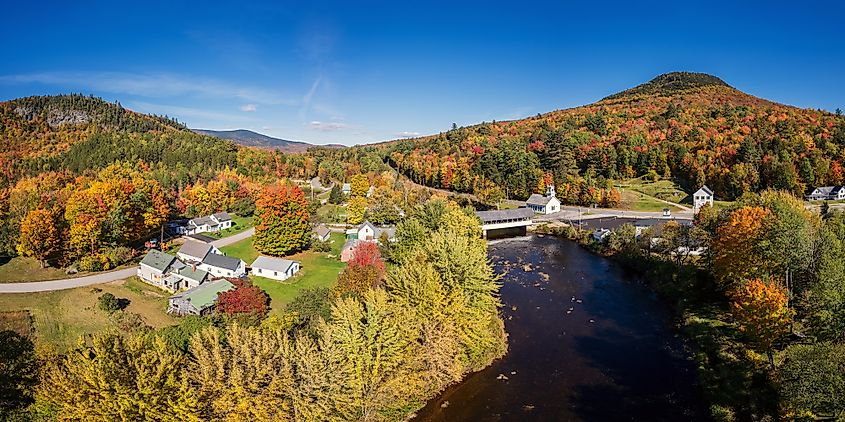
Stark, tucked away in Coös County, carries a name with deep historical roots. Originally granted as “Percy” in 1774, it honored Hugh Percy, 1st Duke of Northumberland. By 1832, the town had been rechristened “Stark” to pay tribute to General John Stark, whose words, “Live Free or Die," became New Hampshire’s famous motto.
Beyond its intriguing name, Stark offers visitors some interesting sights to explore. First off, The historic Stark Covered Bridge, an old wooden structure spanning the Upper Ammonoosuc River, remains a picturesque link between Northside Road and Route 110. For those eager to stretch their legs in open skies, the Devil’s Slide Trail provides a steep but satisfying hike, particularly amid fall colors. More ambitious trekkers can tackle Kilkenny Ridge Trail, a 22.1-mile route best suited for seasoned backpackers and campers, where solitude can still be found along the route.
Weare
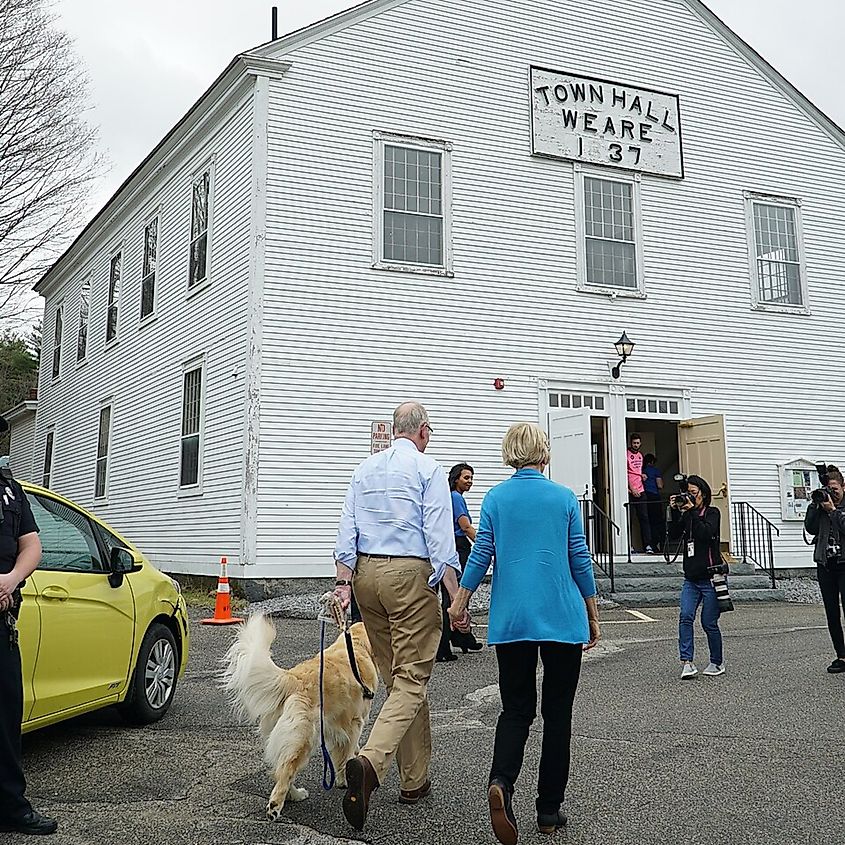
The town of Weare, located in Hillsborough County, has a name with a complicated backstory. Originally granted in 1735 as “Beverly-Canada” by Governor Jonathan Belcher, the town’s name didn’t stick due to a conflicting claim. It was later called “Hale’s Town” and “Robie’s Town” before finally being incorporated as Weare in 1764, named after Meshech Weare, the colony’s first governor.
Despite its tangled history, this tranquil town provides plenty for visitors to explore. The Weare Reservoir is a prime spot for fishing, where anglers can reel in everything from trout to bass. On warm days, Clough State Park draws visitors with its sandy beach, shaded picnic areas, and scenic hiking trails. Furthermore, there is also AG Paintball for visitors looking for more action. It is one of the country’s longest-running paintball facilities and delivers adrenaline-pumping matches across multiple themed fields.
Ossipee
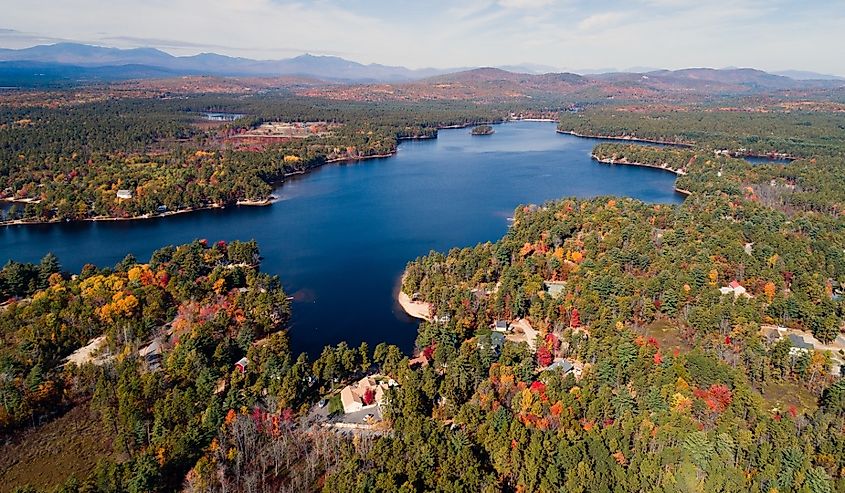
Ossipee, once called “Wigwam Village” and later “New Garden,” now takes its current name from the Ossipee Indians, one of the twelve Algonquian tribes. This deep connection to history adds a layer of intrigue to the town, which serves as both a quiet escape and a gateway to outdoor adventure.
One of the main attractions in town is Ossipee Lake, spanning over 3,200 acres. It draws visitors looking to relax by the water or explore its many surrounding vacation homes and cabins. A short drive away, White Lake State Park is a forested escape with swimming spots, shaded picnic areas, and campsites along a glacial lake, ideal for a family vacation with kids. For a glimpse into the past, the Historic Whittier Covered Bridge, built in 1870, stands as one of New Hampshire’s last surviving Paddleford truss bridges. Alongside these attractions, those with a love for the old and unusual can have a look at the White Mountains Antique Gallery, packed with vintage finds and estate treasures.
Sunapee

Like many New England towns, Sunapee underwent several name changes before settling on its current one. Originally called “Saville” in 1768, then “Corey’s Town,” and later “Wendell” after John Wendell, a Masonian Proprietor, the town officially adopted “Sunapee” in 1850. The name traces back to the Algonquian words suna, meaning goose, and apee, meaning water, as the Native people referred to the lake as the Lake of the Wild Goose due to its bird-like shape, with Sunapee Harbor forming the beak.
The main highlight of the town is Lake Sunapee, stretching over 8 miles. The lake remains the heart of the town, drawing visitors for boating, fishing, and lakeside relaxation. Sunapee Cruises, on the other hand, offers narrated boat tours, allowing passengers to take in the scenery while hearing stories about the lake’s history and landmarks. For those interested in conservation, the Lake Sunapee Protective Association’s Center for Lake Studies provides insight into the region’s ecosystem and environmental preservation efforts.
What makes these New Hampshire towns stand out is not just the unusual names. It's the stories associated with the names, landscapes, and landmarks that come with the towns. From historic bridges and scenic lakes to rugged hiking trails and unique museums, each town has something worth exploring beyond its curious title. Whether you call New Hampshire home or are just passing through, these spots make for an interesting detour, combining local history with the kind of natural beauty the Granite State is known for.

